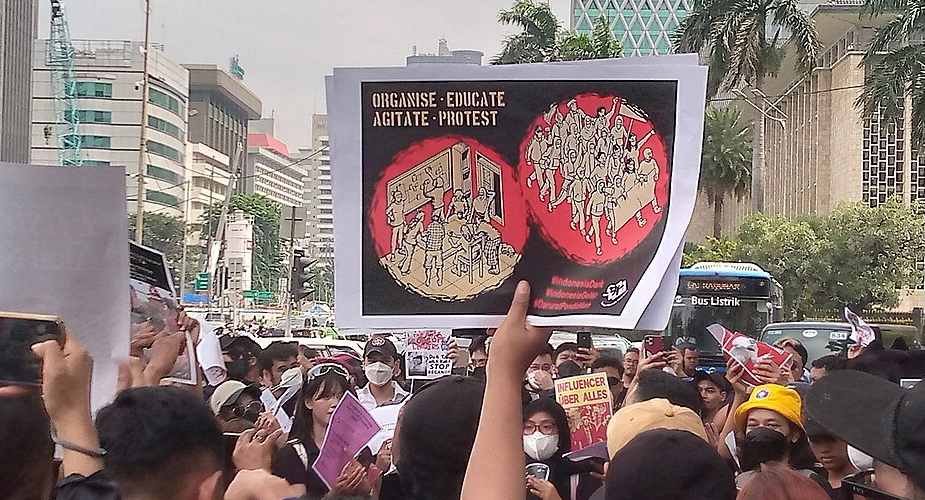Village society is the coal face of environmental destruction, but it’s also where we’ll find the key to environmental protection
Anton Lucas and Carol Warren
It is six years since Inside Indonesia last published a special issue on Indonesia’s environmental challenges, although our last issue was on the related topic of climate change. With this issue for the first time we go down to the grass roots and look again at environmental issues, this time from a village perspective.
At last count (according to the Kode Pos 2011 website) Indonesia has 76,613 villages. What are some of the environmental challenges people living in these villages are facing? How are they dealing with them?
We asked our contributors, all of whom (with the exception of Fawziah Selamat) have been living in villagers in different parts of Indonesia over the past year while working on a common Australian Research Council project on social capital and natural resources, to write about environmental issues as they found them in the village where they were doing their research.
Unsustainable logging and oil palm has had a big impact on villages at the grass roots level as land is first laid waste then gobbled up by palm oil producers. Greg Acciaioli argues that oil palm plantations – commercial forestry’s great competitor in forest destruction – are taking over Central Sulawesi as part of the seemingly inevitable push of globalisation. But sometimes village people play a role in environmental destruction, too. Land use is changing on Siberut Island in the Mentawai group where Maskota Delfi lived in a household which believes that eating white rice confers a social status that black sago doesn’t, a belief that is having impacts on the environment.
There are alternatives to forest destruction, but they are difficult. Fawziah Selamat describes how a South Sumatran village has set up an officially recognised Hutan Desa (Village Forest) to protect and manage its own resources. Jodie Goodman shows how hard it is for villages to set up their own community based forestry management scheme when the provincial government wants to keep control of the local forest in West Lombok.
Conservation comes to the fore in Niniek Toley Acciaioli’s story about the role of local customs, or adat, in the Lake Lindu region of Central Sulawesi. Adat can support forest conservation, as Johan Weintré explains in his article on a West Kalimantan Dayak longhouse community.
Financial pressures are always part of the story of environmental damage. While Indonesia’s national parks are always under threat from illegal logging, Anton Lucas discovers two Bengkulu villagers who make a livelihood by catching songbirds in the Kerinci Sebelat National Park which they sell to a local trader in town. Laurens Bakker’s story about an NGO conservationist who joins the mining industry in East Kalimantan shows that ideals rarely make money.
Marine environments are under threat all over Indonesia; Carol Warren describes how the conservation of green sea turtles is working in West Bali, but the failure of government to enforce fishing regulations is damaging local fisheries. Further east in Maluku, Dirk Steenberg found that Tanimbar Kei village is using a strong adat system which is moulding attempts to conserve valuable marine natural resources.
While we think that an adequate supply of clean water is a challenge faced mainly by Indonesian city dwellers in Indonesia, Achmad Uzair Fauzan discovers that villagers too have their own domestic water shortages to deal with near Cirebon in West Java.
This special edition’s guest editor is Anton Lucas (anton.lucas@flinders.edu.au), also a contributor to this edition. Carol Warren (c.warren@murdoch.edu.au) also contributed to this editorial.












